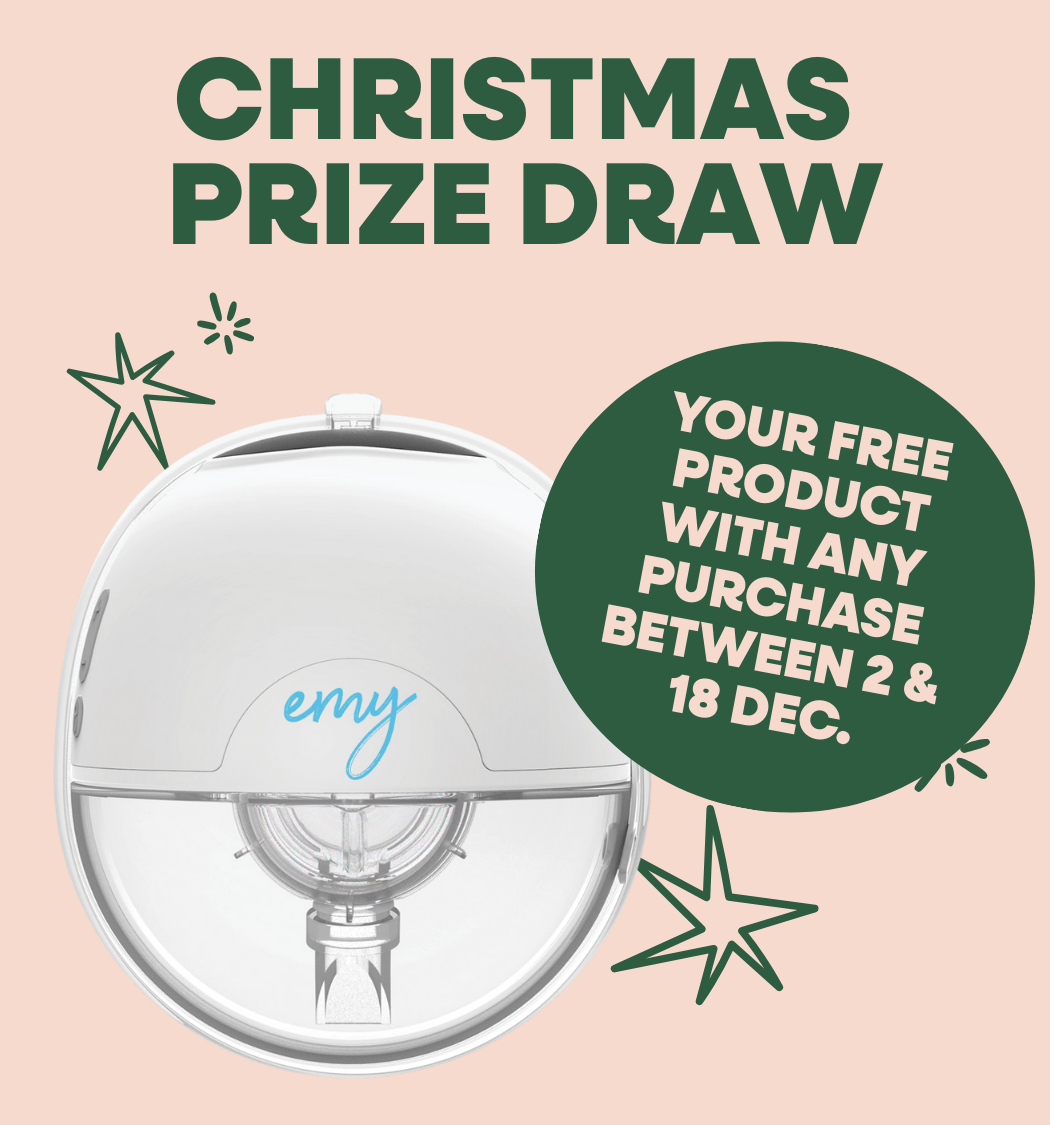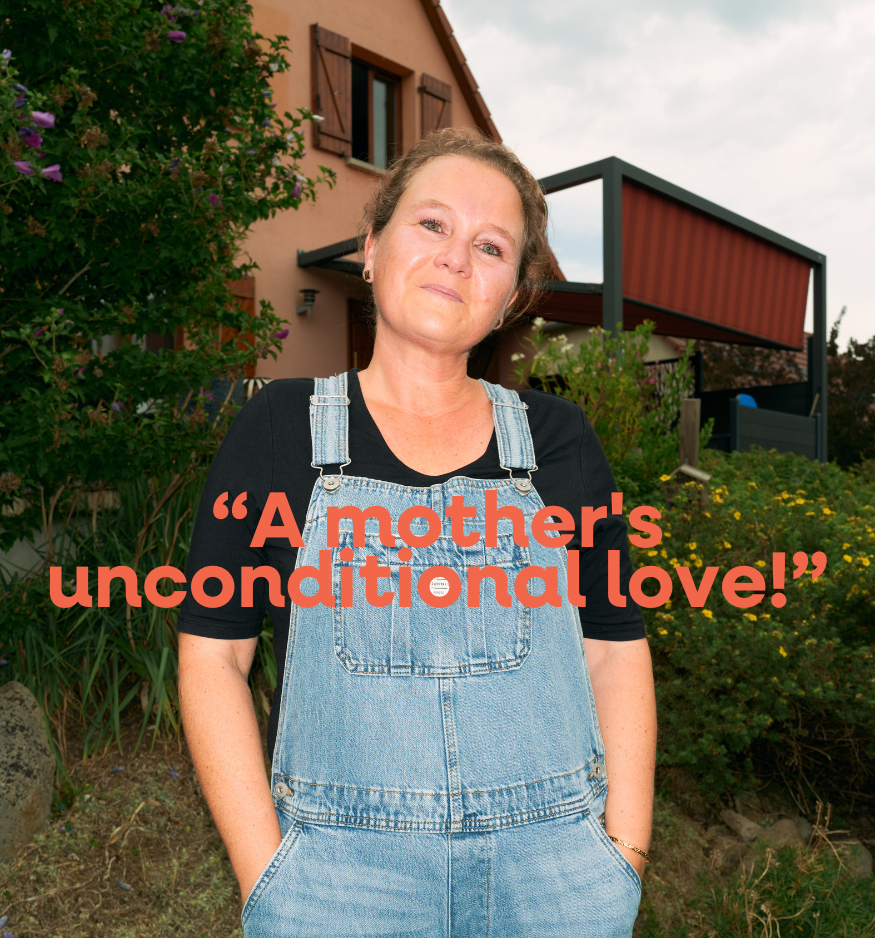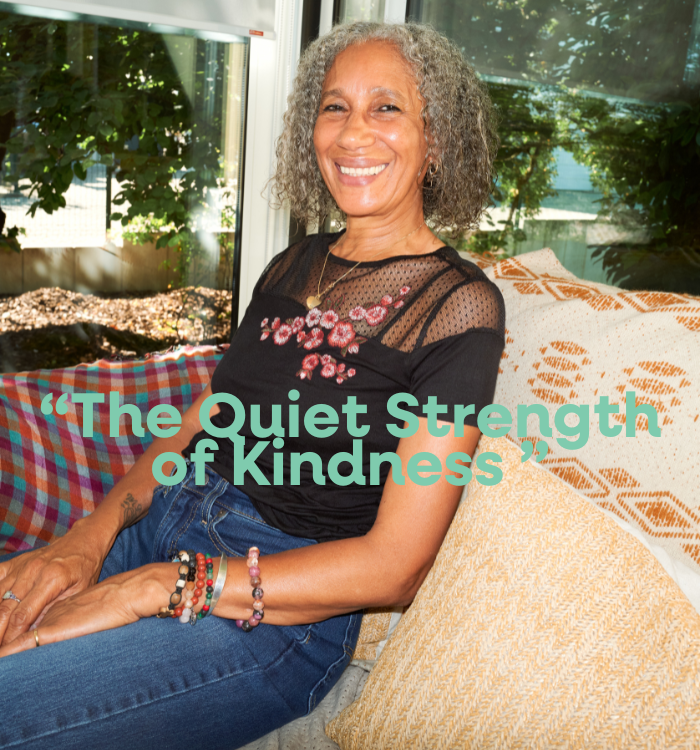Breast, bottle, 100% or mixed breastfeeding: the ways of feeding your baby are varied. When giving breast milk to your child, the period of weaning from breastfeeding represents a crucial step, both for the mother and her infant.
How long is it recommended to breastfeed?
Official WHO recommendations –World Health Organization – establish that it is good to feed the baby with breast milk until 4 to 6 months. After that, we switch to a mixed diet. We are gradually introducing new categories of foods in the form of porridges, compotes, yogurts, then in solid form.

Still according to these global recommendations, the weaning from milk can intervene from 2 years and over. A vagueness remains in the duration concerned, like this “ and more » is not strictly defined. Let's keep in mind that natural weaning from breastfeeding generally occurs between 1 year and a half and 3 years.
The cardinal notion is listening: listening to yourself. But also, listen to your child's wishes, with the credo that these two wishes agree.
Breastfeeding and weaning
How to wean from breastfeeding?
For substitute the breast milk to artificial milk, it is good to put in place a few tips. If the baby has always breastfed, it is up to you not to disturb him. For this, nothing like to introduce a bottle given horizontally. And possibly filled with breast milk the first few times, every 3 feedings for example. By gradually increasing the proportion of bottles compared to breastfeeding, the transition should be easy.

The choice of milk substitute
During the period during which the child receives infant milk, it is a question of always choosing it adapted to his age. It can be found in supermarkets or pharmacies. Powdered industrial milks are segmented into several categories:
- early age (0 to 6 months)
- second age, also called follow-on milk (from 6 to 12 months)
- third age, which runs from 12 to 36 months and which corresponds to growth milk.
These can also be organic, have a composition that regulates transit in case of colic or, conversely, constipation.
Which container to choose?
When switching to a bottle, the choice of container is just as important as that of milk. For a smooth and environmentally friendly transition, many mothers opt for glass baby bottles or in copolyester such as those proposed by The French Bottle.

Copolyester is a material inert And without bisphenol which does not capture the odors or colors of food. Very robust over time, it is one of the materials the safest for your baby bottles!
Made in France with healthy and durable materials, these baby bottles have medical grade silicone teats equipped with a system anti-colic and anti-regurgitation. A perfect system to ensure baby's comfort during weaning.
And if you want to try these bottles, you can use the code LBF15 to benefit from a 15% reduction on your order!

What should I do if my child refuses milk?
In terms of milk, there are the little gluttons, and those for whom the appetite is not really there. Some children can actually turning away from milk before weaning. Milk is especially important because it is rich in calcium. Fortunately, to compensate for this deficiency, there are a multitude of options.

Dairy products in other forms – cheeses, yogurts, etc. – waters particularly concentrated in calcium, and even vegetables and algae are your allies. That is if your child's taste buds won't give up on seaweed which, let's face it, is a cut above the too often disowned broccoli.
If you want your baby to still benefit from the benefits of your breast milk, you can also express your milk using a electric breast pump or manual. It's then a matter of trickery and finding a shape that baby accepts: flan, ice cream, pancake, cake... your milk is used in replacement of classic milk and the possibilities are endless!
I am looking for a practical and discreet breast pump
How to start dietary diversification?
It’s time to develop your toddler’s palate. We don't promise that you'll become a green vegetable fan, but its tastes may still surprise you. Let us remember, on this subject, that the child's taste preferences have their source in the mother's belly. Indeed, the sense of smell is already sensitive to what the amiotic liquid contains. The olfactory receptors are in place at the end of the first trimester and functional from the following trimester.
A study, carried out at the University of Burgundy, showed that the fetus manifests a sensitivity to smells and flavors. This is observable from the 26th week, or even the 28th, by movements of swallowing, sucking, and facial expressions. Proof that sweet taste and bitterness are not contradictory, it is the two flavors which prevail.
So, if the mother-to-be consumes spices for example, it is likely that your baby is more inclined to chili con carne than to a less spicy dish. Olé!

What if my baby is lactose intolerant?
Pure lactose allergy is rare but can be a reason to initiate weaning from breastfeeding. However, intolerance may affect more infants. It is then up to parents to turn to reasonable alternatives in order to relieve the child without causing him any deficiency.
Of the more than 200 existing milk preparations, many hypoallergenic milks are offered. There are thus plenty of choices in the so-called classic circuit. Now offered in variants with goat's milk, or with vegetable proteins, particularly rice, infant milks also adapts to certain allergies.
However, they require more specific supervision, so as not to alter the child's health. Like milks containing soy for example, because of the phytoestrogens they contain.

Like plant-based drinks for adults, milky-looking drinks made from almond, oat, chestnut or coconut are wrongly called “milk”. Be careful not to move towards an alternative that does not correspond to the primary nutritional needs of the child.
How do you know if your baby is lactose intolerant?
Finally, before you think your baby is allergic, rule out one hypothesis: poor digestion due to the temperature of the milk. Less anecdotal than it seems, warming the milk so that it has the body milk temperature allows the child’s body to relieve itself of this task.
As usual, the hygiene rules prevail. We no longer recommend sterilizing baby bottles if the child is born full term and in good health. But simply to wash with warm water and soap, or in the dishwasher at 70°C before use. If the milk is warmed, it must be consumed within half an hour, compared to one hour for milk at room temperature.






